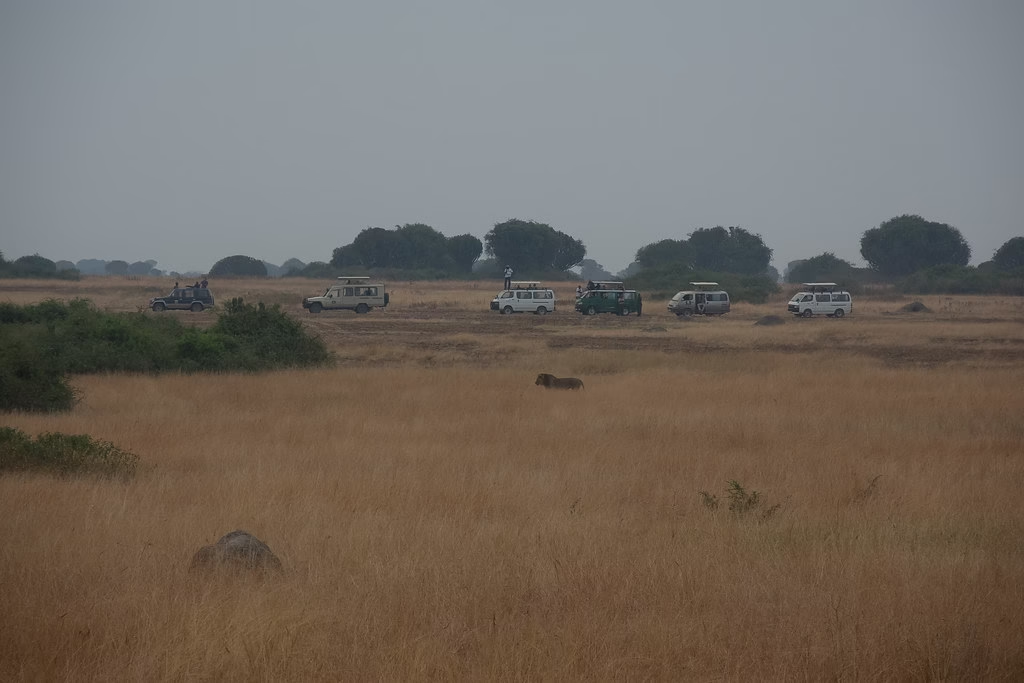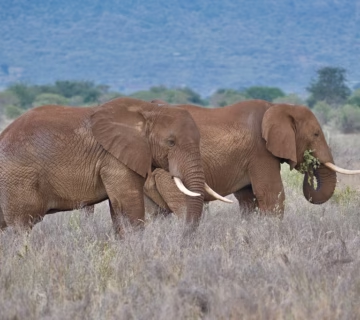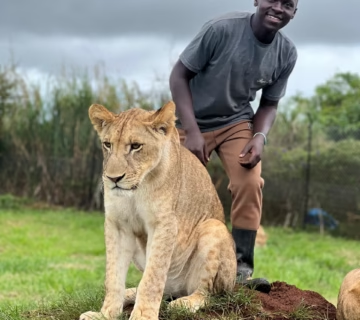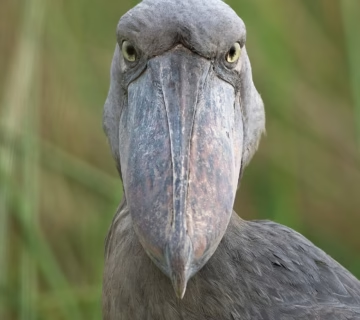Nine facts about Queen Elizabeth National Park
Although there is a lot more factual information about Queen Elizabeth National Park, it still sounds like a myth to you even if facts about it are many and maybe known. This is the official list regarding Queen Elizabeth National Park.
- Originally gazzetted alongside Murchison falls national park in 1952, Queen Elizabeth national park is the oldest national park in Uganda. Second to Murchison falls national park; Queen Elizabeth national park is also among the biggest protected sites in Uganda known worldwide. About 95 species, 619 species of birds, crocodiles, several kinds of antelopes, butterflies among the others; Queen Elizabeth national park is roughly 1978 sq.km vast.
- With about 5000, 3000 hippos and 1000 buffaloes, Queen is East Africa’s national park with most hippos. Moreover, the Duikers, Reed Buck, Topis, and Statunga antelopes are among the other antelope species found in Queen Elizabeth national park. One can see the Statunga antelope among the plants near the Kazinga canal. Furthermore, Queen Elizabeth national park boasts the highest Kobs count in Uganda; the Uganda Kob finds habitat on Kasenyi plains. The major water source, Kazinga channel of Queen Elizabeth national park draws a lot of animals; it is also home to most species.
- Many bird species abound at Queen Elizabeth’s national park, some of which are even globally rare like the shoe bill stalk. Ranked sixth worldwide and second best in Africa, Queen Elizabeth national park is a prime birding destination. The several natural areas found in the national park help the different birds there to adapt to their surroundings in Queen Elizabeth. Moreover, the international birding community regards Queen Elizabeth national park as a significant birding destination (IBA).
- Situated on the rift valley floor spanning Uganda to Malawi, Queen Elizabeth national park is in the western rift valley arm of Africa. Form the terraces of Mweya safari loge cabins; you can clearly see where the Kazinga canal flows; it runs west from Lake George to Lake Edward, although its progress is quite slow. Among the others, the rift valley lakes have interesting and mostly endemic fish species including the Bagrus, Docmac, Sarothenodon Nitocticous, and Sarothenodon Leacosticous.
- Originally not known by its present name is Queen Elizabeth National Park. Originally known as Kazinga national park, this well-known national park in western Uganda was renamed queen Elizabeth national park following the visit of the English queen Elizabeth, the second tom Uganda in 1952. Perhaps this is the reason the park is so well-known internationally.
another truth A twin park to Queen Elizabeth Country Park in England is Queen Elizabeth National Park. Twinned in a cultural exchange project, natural support, these two protected areas primarily concern promoting and supporting conservation by empowering and closely working with the local communities; the ones who carry out the conservation strategy. - About ten thousand years, the Queen Elizabeth national park lacked crocodiles in the Kazinga channel water basin. These massive reptiles had to leave Kazinga channel during the volcanic active time in the western rift valley that filled Lake Edward with the volcanic ash from the eruption which made the water toxic for life to exist, resulting to the vanishing of the crocodiles from these water bodies. Later on, the crocodiles returned via River Mubuku and are now a great draw as well as a natural means of maintaining equilibrium in the local ecosystem by snapping their lunch fish and other prey on.
- Formerly Queen Elizabeth national park was a grazing area for the “Basongora” indigenous African Pastoralist tribe. But the Basongola left Queen Elizabeth’s national park because of Buganda’s and Bunyoro Kingdom’s regular cattle raiding. From the lakes, the remaining Basongola were compelled to turn to fishing; lake Edward, lake gorge and Kaazinga channel formed the queen Elizabeth national park fishing towns of Busonga, Kasenyi, Katunguru among others.
- Sir Henry Marton Stanley, an English adventurer who visited Uganda in 1889, was the first European national to set foot in Queen Elizabeth national park; by the time he arrived there, he found just a large empty region instead of human settlement. And most likely he has time for a self-driven journey throughout Queen Elizabeth national park’s grasslands.




